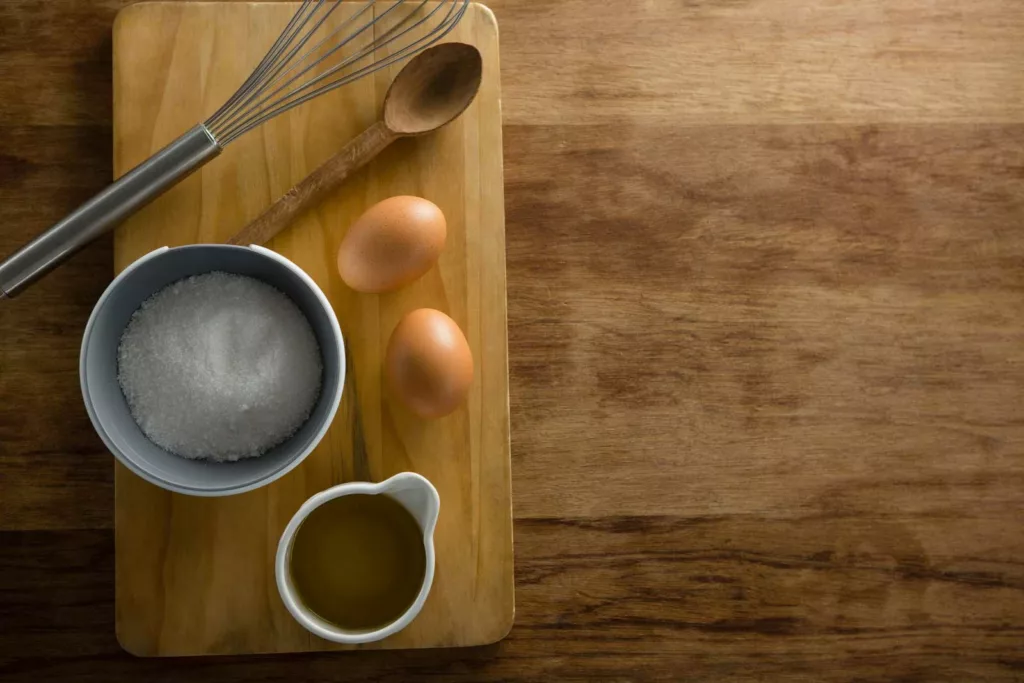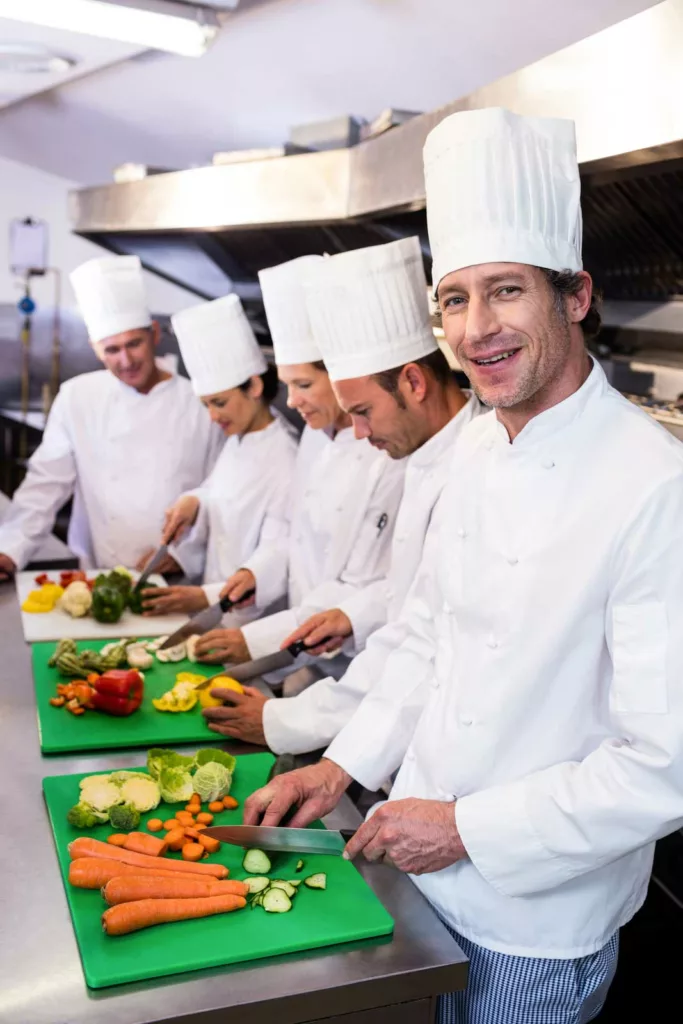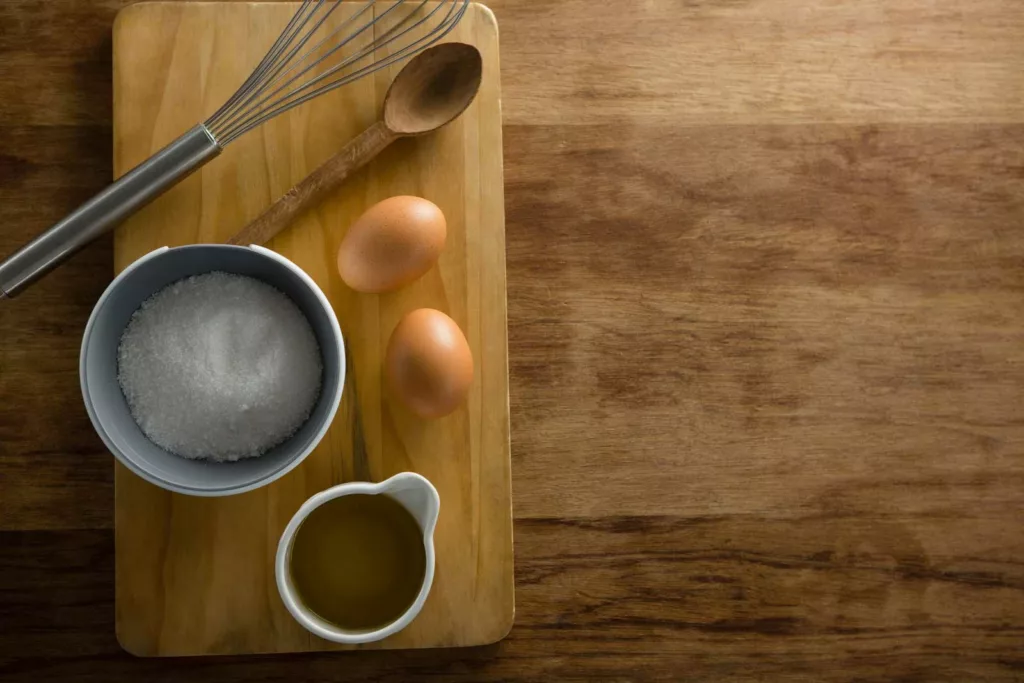If the question, “What are the best non-toxic cutting boards” has ever piqued your mind, the answer will interest you. Some long-lasting and water-resistant cutting boards may have toxic components that can harm human health. These toxic materials can enter food during chopping on the board and cause damage to our bodies.
Some cutting board materials are superior to others in several ways. Cutting boards without harmful coatings are the safest. This guide will take you through choosing a safe cutting board for your kitchen.
Materials To Avoid In Cutting Boards
Microban
Many kitchenwares contain Microban. Its purpose is to suppress microbial growth and reduce odor. Most cutting blocks that claim to be antibacterial consist of Microban.
Research shows that a micro ban is a mix of compounds containing a chemical known to upset the endocrine system. This component, triclosan, also increases microbial resistance. Despite its microbial properties, the micro ban does not protect humans from pathogenic contamination.
Studies show that continuous ingestion of Microban can lead to cancer. While a micro ban can help stop boards from trapping microorganisms, it is toxic to the body.
Plastic

A scratched plastic cutting board
Using plastic cutting boards has its advantages. They do not warp, and they hardly ever dull knives. But over time, degradation occurs.
When this happens, it allows germs and bacteria to lodge around the board. When the board degrades, plastic particles can enter into food during chopping.
Most of these particles contain polyvinyl chloride, which can cause allergies and cancer.
Composite Cutting Boards
Adhesives usually hold together composite chopping boards. Most of these adhesives contain formaldehyde which is not food-safe.
If formaldehyde mixes with food on the chopping board, it can lead to allergies, respiratory irritations, and cancer.
Bamboo
Bamboo chopping boards are tough and durable. Its primary disadvantage is that it is highly porous.
Because of this high porosity, it holds stains for a long time and absorbs bacteria and other disease-causing microorganisms.
These microbes can be hazardous to human health.
Antibacterial surface
Some wood used to produce chopping boards has natural antibacterial characteristics.
Most chopping boards that claim to be antibacterial contain chemicals like triclosan.
These chemicals upset the endocrine system, lead to bacterial resistance to antibacterial remedies, and are even carcinogenic. It is best to avoid the so-called antibacterial cutting boards.
Cutting Boards Treated With Chemical based Wood Stains
When using cutting boards treated with chemical wood stains, these chemicals mix up with food on the board.
Ingestion of the food mixed with wood stains can lead to allergies, respiratory irritations, diarrhea, etc.
Epicurean Wood Fiber Cutting Boards
Epicurean wood fibers cutting boards are a form of composite cutting boards made from wood fibers and resins.
While some polishes are food-safe, others are not and can cause asthma and throat irritations when ingested with food.
What Material Is Best For a Cutting Board?
Solid Hardwood

Chefs on a chopping board
Hardwood, according to experts, is the best choice to make when selecting cutting blocks. This is because they have antibacterial properties, which prevent bacterial growth, and do not scar easily. Wood cutting boards are safe for knives and prevent dulling of sharp edges.
Hardwoods do not warp when treated or seasoned with the appropriate materials.
Examples of hardwood suitable for producing cutting boards include maple, teak, beeches, etc. These woods are enduring, have a high Janka hardness score, and do not contain any harmful constituents.
Glass

Glass gives you a non-toxic, aesthetically pleasing, and easy-to-clean cutting board. Another advantage of glass chopping blocks is that they can’t accommodate bacteria on their surfaces.
There are much better choices for chopping on the board than glass cutting boards. This is because they have very slippery veneers, which makes them challenging to work with.
They are also very hard on cutters, dulling their sharp edges quickly.
100% Natural Rubber
Rubber butcher boards are the best when it comes to durability. They have low porosity, which means that they do not house bacteria, and they hardly smell.
They are also easy to clean, do not dull knives, and are not toxic.
One disadvantage of rubber cutting boards is that they are heavy, making maneuvering while working on them difficult. They are also less beautiful than their other counterparts.
Marble
Marble cutting boards possess low porosity, so they do not harbor bacteria or absorb water and odor. They are very durable, and they are also non-toxic.
On the other hand, they have hard surfaces that dull knife blades and are also heavy. They are more costly than other cutting board options as they require regular maintenance.
Wood Cutting Board Made With Pieces Of Wood Glued Together
Cutting boards made with pieces of wood glued together are not safe. Resins or adhesives glue these pieces of wood together. These adhesives are often carcinogenic.
However, there are food-safe wood glues that have been in use in recent times. This type of chopping block is cheaper and more versatile.
Conclusion
A good cutting board should enhance the functionality of your kitchen and be a healthy addition.
Durability and low porosity are not the only essential properties of a good cutting board.
Avoid cutting boards that claim to have antibacterial properties, as they usually contain substances that are harmful to the body.
Even though glass and marble cutting boards are difficult to work with, they are among the best non-toxic chopping boards.
The other great safe board choices include solid hardwood and 100% natural rubber cutting boards.
